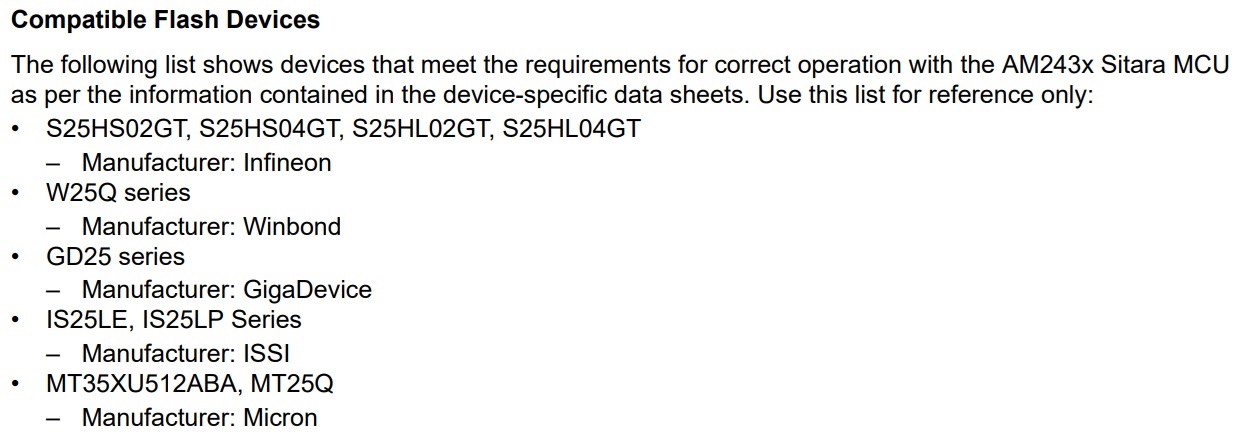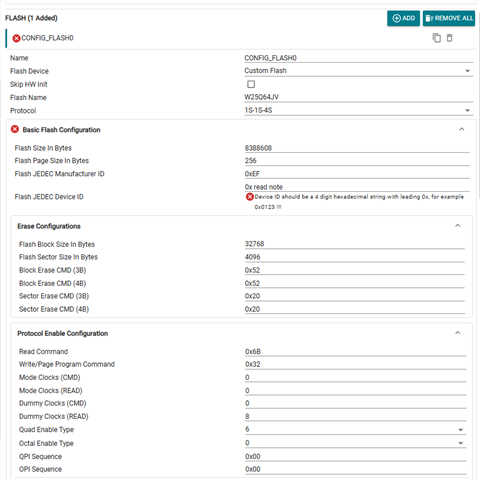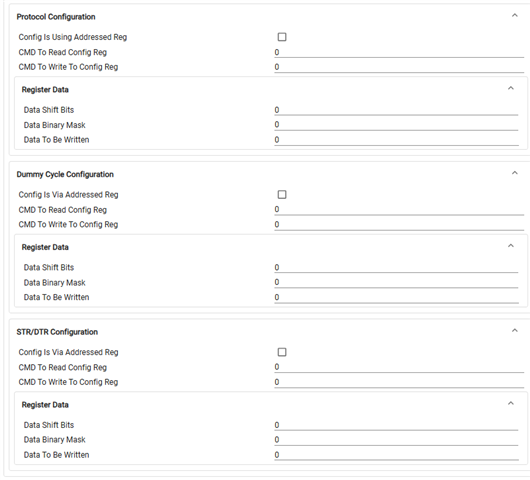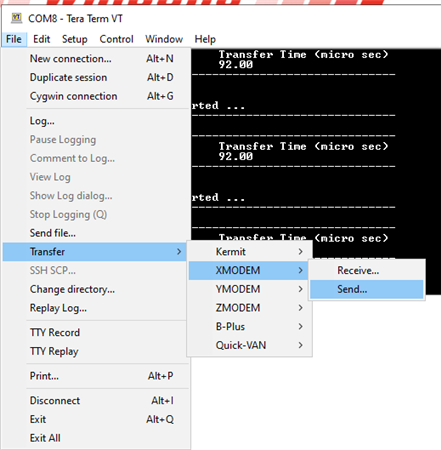Other Parts Discussed in Thread: SYSCONFIG
Tool/software:
Hi,
The customer has selected W25Q64JV from Winbond for QSPI Flash.
Is it possible to automatically create a driver from the SDK instead of building it from scratch?
or is there any way to create a driver for this Flash device ?
As for memory, it has been confirmed that it is a compatible series from the selection guide.

Thanks and regards,
Hideaki







